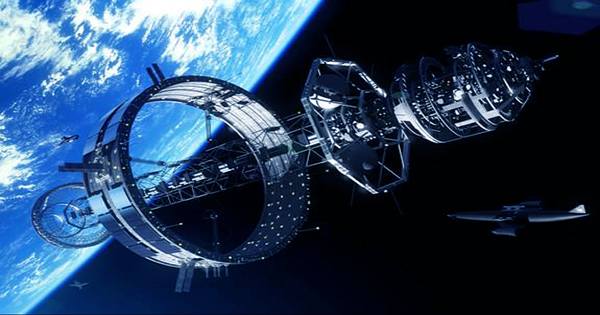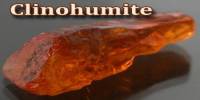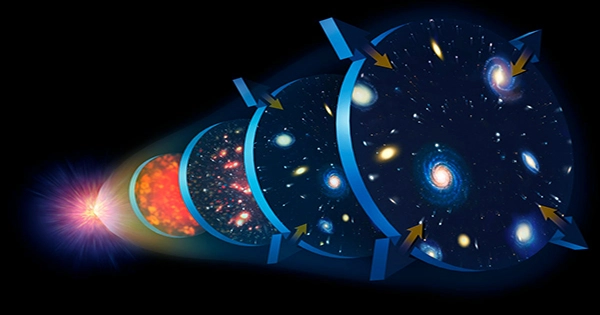Vortices are found all over the place in nature. This is also true in the quantum world. These quantum vortices are thought to be a strong indicator of superfluidity, or the frictionless flow of a quantum gas. For the first time, quantum vortices have been discovered in dipolar gases. Such vortices are a clear indication of the frictionless flow of a quantum gas, also known as superfluidity. The research was carried out by a group of quantum physicists from Innsbruck, Austria, led by three-time ERC laureate Francesca Ferlaino.
A team of quantum physicists led by three-time ERC laureate Francesca Ferlaino from Innsbruck, Austria, has developed a new method for observing vortices in dipolar quantum gases. These quantum vortices are thought to be a strong indicator of superfluidity, or the frictionless flow of a quantum gas, and have now been experimentally detected in dipolar gases for the first time.
This is interesting because such vortices are a clear indication of the frictionless flow of a quantum gas – the so-called superfluidity. We use the directionality of our quantum gas of dysprosium, whose atoms behave like many small magnets, to stir the gas.
Francesca Ferlaino
Swirls can be created by whirling up water, which is common in nature. Huge tornadoes can form when the atmosphere is disturbed. This is also true in the quantum world, except that many identical vortices form at the same time – the vortex is quantized. Such quantized vortices have already been observed in many quantum gases.
“This is interesting because such vortices are a clear indication of the frictionless flow of a quantum gas – the so-called superfluidity,” says Francesca Ferlaino from the Department of Experimental Physics at the University of Innsbruck and the Institute of Quantum Optics and Quantum Information at the Austrian Academy of Sciences.
Ferlaino and her team are researching quantum gases made of strongly magnetic elements. For such dipolar quantum gases, in which atoms are highly connected to each other, quantum vortices could not be demonstrated so far. Scientists have developed a new method: “We use the directionality of our quantum gas of dysprosium, whose atoms behave like many small magnets, to stir the gas,” explains Manfred Mark from Francesca Ferlaino’s team.

To do this, the scientists apply a magnetic field to their quantum gas in such a way that this initially round, pancake-shaped gas becomes elliptically deformed due to magnetostriction. This idea, as simple as it is powerful, originated from a theoretical proposal a few years ago by the Newcastle University theoretical team, led by Nick Parker and of which Thomas Bland, the paper’s second author, was a member.
“We can rotate the quantum gas by rotating the magnetic field,” explains Lauritz Klaus, the paper’s first author. “Small vortices form in the quantum gas if it spins fast enough. The gas attempts to balance the angular momentum in this manner.” When rotational speeds are sufficiently high, strange stripes of vortices form along the magnetic field. These are a unique property of dipolar quantum gases, and they were discovered for the first time at the University of Innsbruck in Austria.
The new method, which was recently published in Nature Physics, will be used to investigate superfluidity in supersolid states, in which quantum matter is both solid and liquid. “The degree of superfluid character in the newly discovered supersolid states remains a major open question, and this question remains very little studied today.”
















